Amir Shahul. The Greenpeace campaigner and author says industrial corporations such as Unilever can only be truly held accountable with the help of science and data. , photo credit: special arrangement
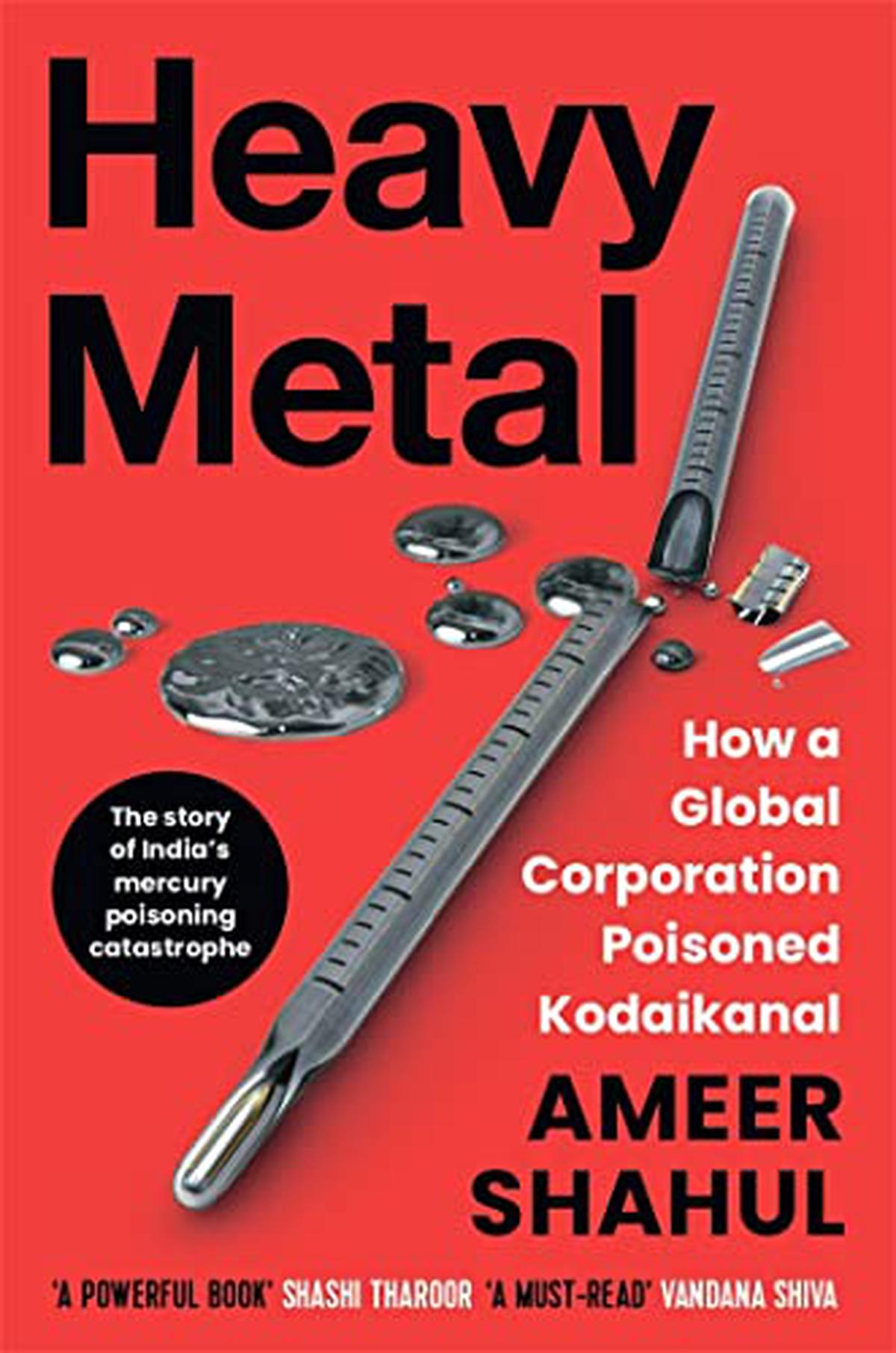
In August 2015, Sophia Ashraf, a young rapper, released a music video on an unexpected subject: mercury poisoning in the ancient hill town of Kodaikanal in Tamil Nadu. “Unilever. Clean up your mess. Unilever. Clean up your mess,” rap gone.kodaikanal will not happen‘, which has been viewed over 4 million times in the last eight years, has brought one of India’s biggest environmental disasters to global attention.
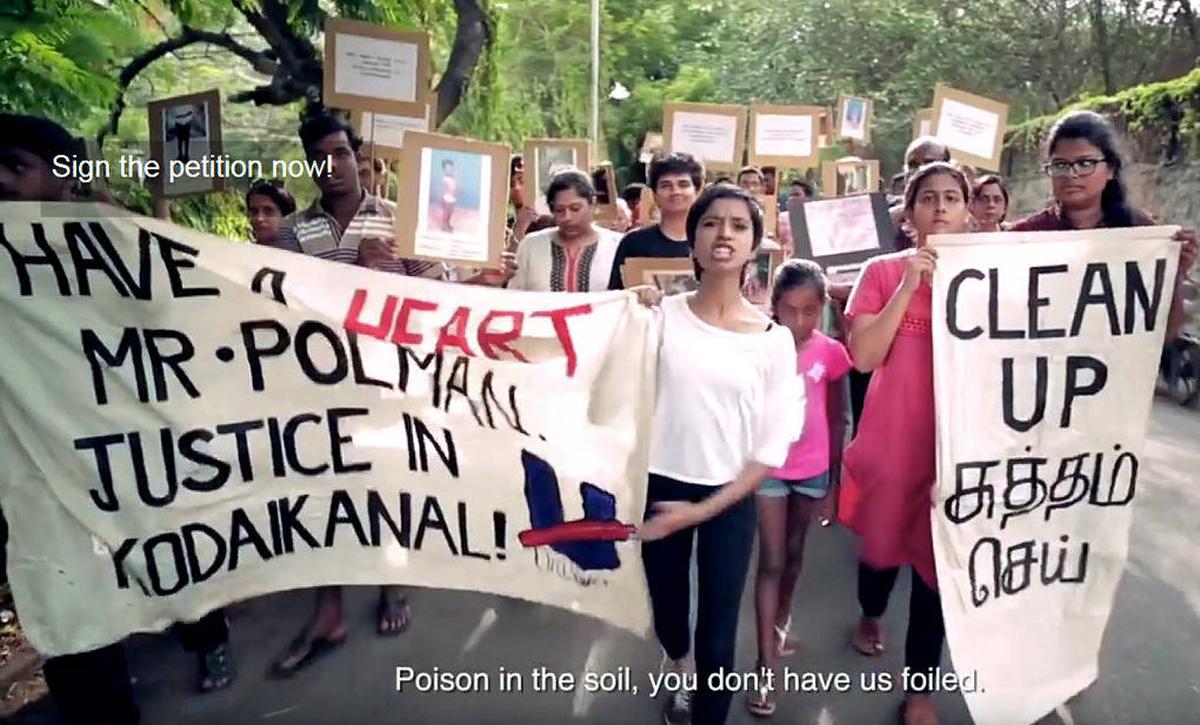
A screengrab from the YouTube video ‘Kodaikanal Nahi Hoga’ by Sophia Ashraf.
The story begins in the 1980s, when Hindustan Lever, a subsidiary of Anglo-Dutch company Unilever, acquired the thermometer factory of Chesebrough-Pond in the city. Due to allegedly inadequate safety protocols, large numbers of workers began to fall ill in the years to come, and according to some accounts, 28 people died when they were exposed to the toxic heavy metal, mercury. In March 2001, following a fearless campaign by the local community and Greenpeace, the factory was closed.
Hindustan Unilever’s clinical thermometer factory in Kodaikanal which was closed in 2001 Photo credit: G Karthikeyan
But the campaign didn’t end there: mercury—known to cause a range of ailments from neurological disorders to kidney disease—had not only affected the health of the factory workers and their families, but it also destroyed the shola forests and had also made its way into aquatic ecosystems. , even contaminating the fish and lichens consumed by people. The workers demanded compensation. India in 2016 Unilever announced compensation of an undisclosed amount to 591 former employees.
Now, Amir Shahul, a former journalist and Greenpeace campaigner, has pieced together the story of mercury poisoning in the popular tourist destination in his new book. Heavy metals: How a global corporation poisoned Kodaikanal, Excerpts from an interview:
Workers of thermometer factory in Kodaikanal protested demanding removal of mercury waste from the factory site and compensation to factory workers. , photo credit: special arrangement
Why is it important to document the Kodaikanal mercury poisoning incident today, seven years after Unilever announced a compensation package for its former employees?
It is wrong to assume that problems have been resolved simply because a settlement was reached with former workers and the factory site was cleaned up. The former employees fought the company before the Madras High Court for more than 10 years, and at the end of it, the company decided to settle out of court. Treatment of 22 acres of factory land is underway. Then there was the health of the local community beyond the factory workers: the residents who lived near its premises. Finally, mercury spillage for more than 18 years of factory operation resulted in the ecological catastrophe of Pambar Shola. Kodaikanal mercury poisoning reveals industrial units may be ticking bombs. Errant corporations, especially those involved in industrial production like Unilever, can only be truly held accountable with the help of science and data.
Picture shows Hindustan Unilever’s clinical thermometer factory in Kodaikanal, which was closed by the Tamil Nadu Pollution Control Board in 2001. , photo credit: G Karthikeyan
What is the effect of mercury on the atmosphere of Kodaikanal?
The impact has been of devastating proportions. The mercury is dispersed through wind and surface currents. This is how it infiltrated the environment. Today, Kodaikanal remains one of Asia’s mercury hotspots, as recent research suggests. A study published in 2020 by IIT Hyderabad found that mercury is likely to persist in Kodaikanal forest soils for decades to centuries and that forest soils will continue to act as a downward source of mercury. In 2021, scientists from Annamalai University showed mercury levels ranging from 19 to 30 mg/kg in sediment samples collected from Kodai Lake. The natural background level of mercury is up to 5 micrograms per kilogram of soil and hence the present level in the distant Kodai lake is at least six times or more than that of non-contaminated areas.
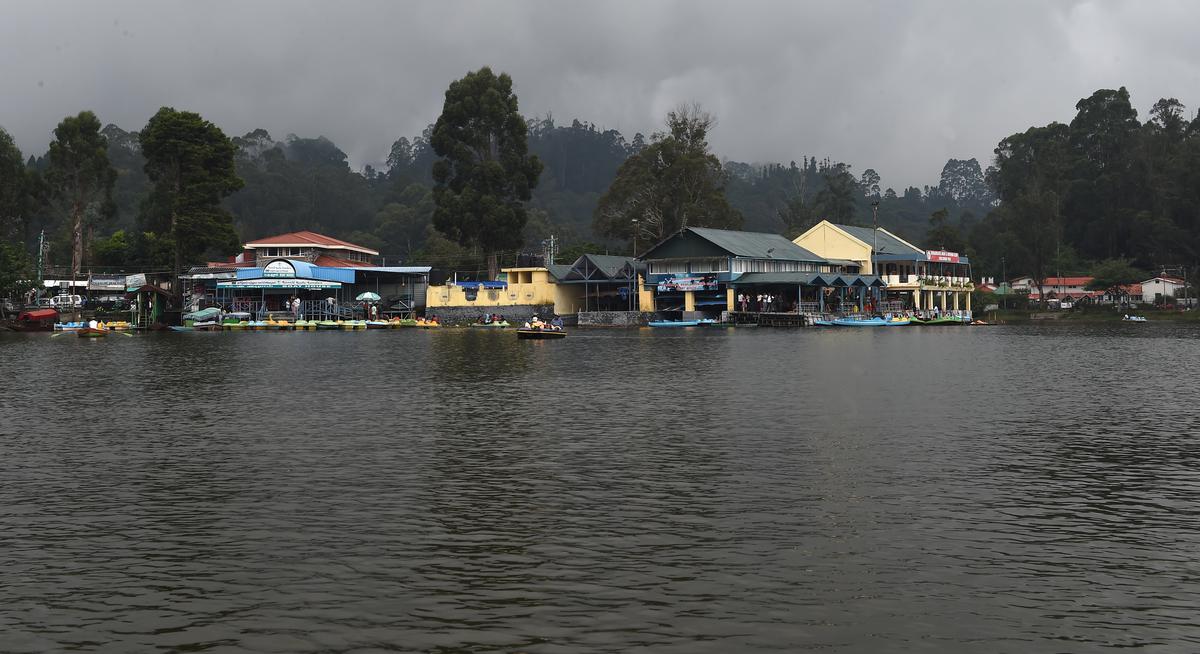
Kodaikanal Lake, also known as Kodai Lake, was formed in 1863. , Photo credit: SR Raghunathan
You have compared this incident with Bhopal gas tragedy in 1984 in which thousands of people died…
In terms of compensation given to ex-employees, the Kodai Para settlement was the second largest after the compensation for the Bhopal gas tragedy. In context of the extent of the tragedy, methyl isocyanate that leaked from the Bhopal factory persisted in the air and soil for decades. The mercury released from the Kodai factory still remains in its atmosphere. In terms of casualties, the Indian People’s Tribunal recorded several, and former workers presented a long list to the Madras High Court of those who died of unnatural causes while working in the factory or shortly after leaving it.
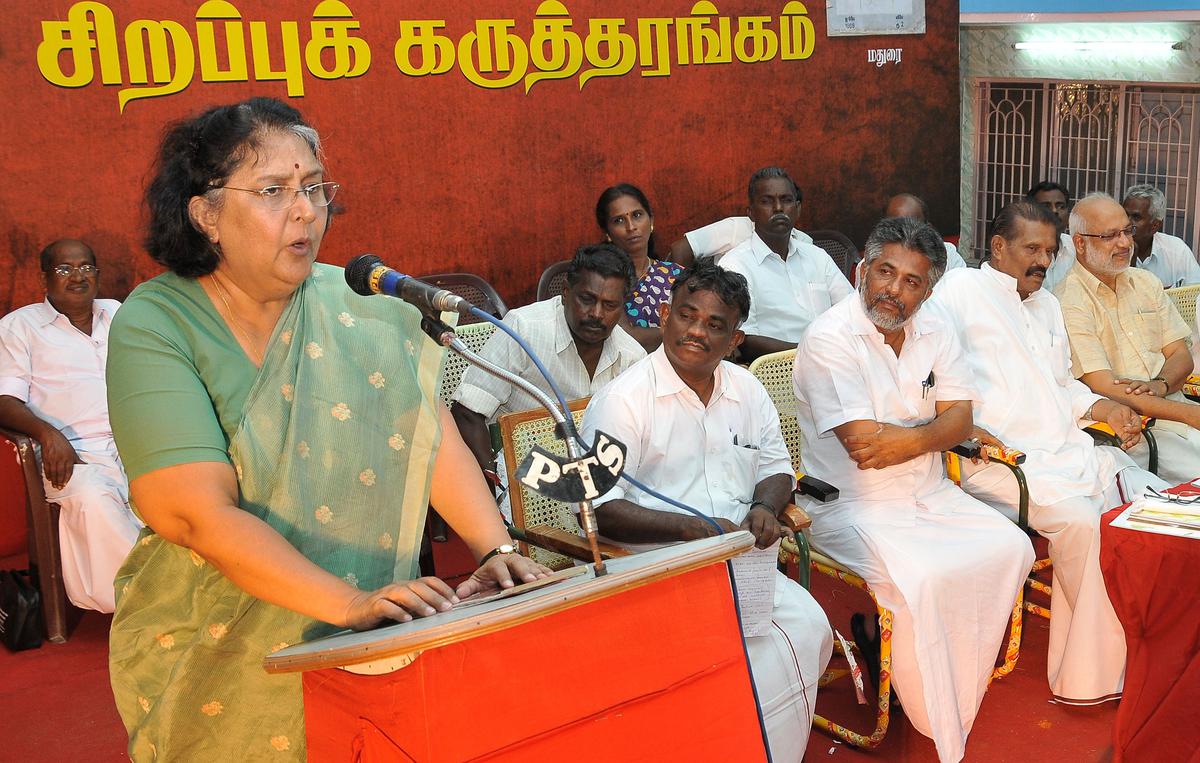
Vaigai, daughter of Communist leader P. Ramamurthy, speaking at a seminar in Madurai. , photo credit: S James
Tell us about the role of Vaigai Ramamurthy, described in your book as the ‘Indian Erin Brockovich’.
Human rights lawyer Vaigai Ramamurthy defended the former workers in the Madras High Court. He is a selfless, fearless person. She takes up the cause of the voiceless, and has been approached to represent workers. He promptly took up a colossal task, to which he devoted more than 10 years. If not for his work, the outcome on the health issues of former employees would not have been what it is today.
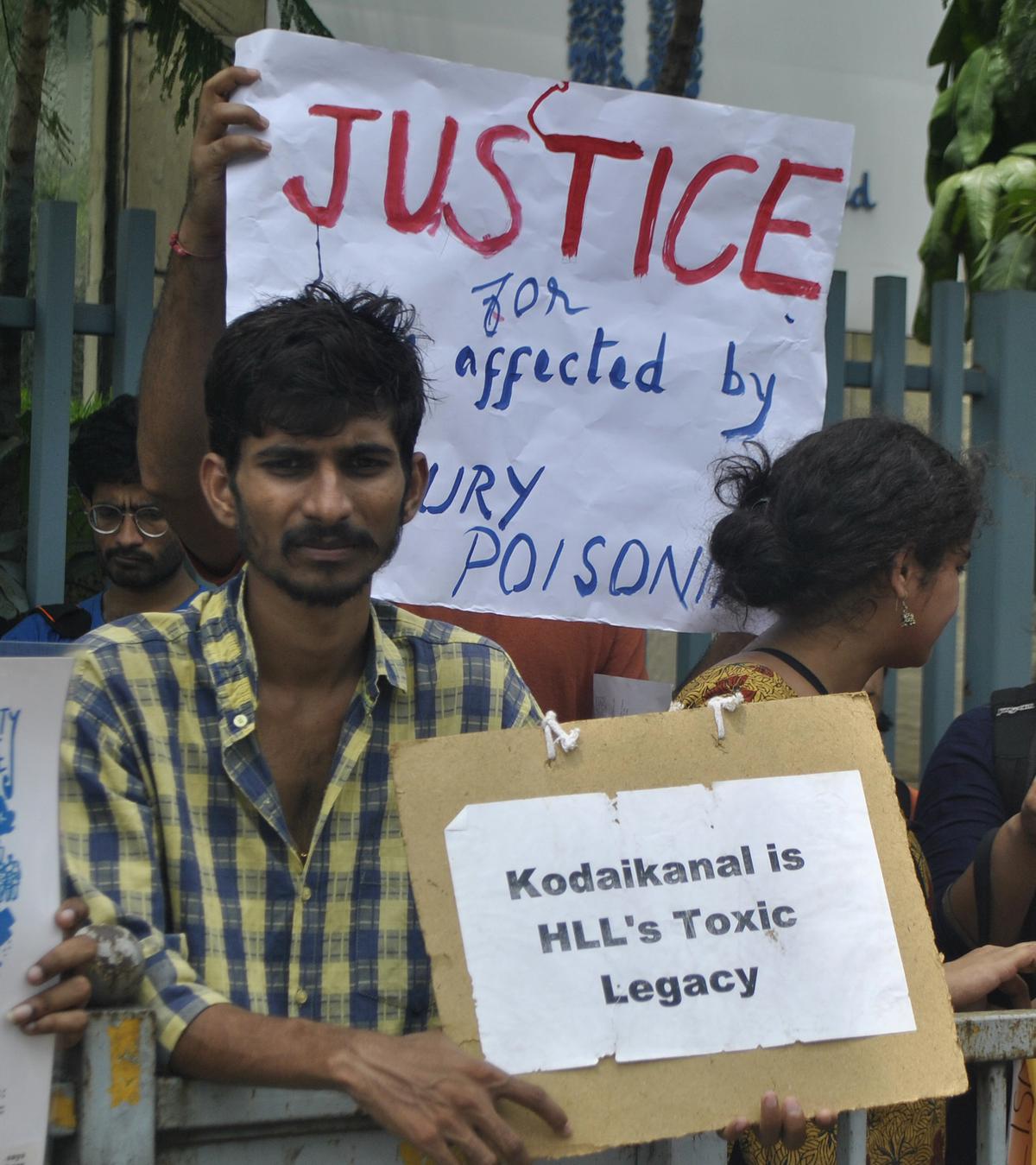
Protesters outside Unilever House building in Mumbai demanding rehabilitation of mercury affected ex-employees of the company’s thermometer manufacturing unit in Kodaikanal. , photo credit: zeeshan khan
You have said, “The poisoning of the Kodaikanal area remains a disaster of catastrophic proportions in the absence of urgent and timely intervention”. What else needs to be done to avert this tragedy?
Unfortunately, there isn’t much we can do to further avert disaster. However, there are many things we can do to ensure that the danger is minimized, and also prepare the larger community beyond Kodaikanal to face such tragedies in the future. An immediate system should be set up by regulators to monitor mercury levels in Kodaikanal and surrounding areas. This will help researchers, environmentalists and the local community to assess how far mercury levels are coming down.
Heavy metals: How a global corporation poisoned Kodaikanal, Amir Shahul, Pan Macmillan, ₹699.
divya.gandhi@thehindu.co.in